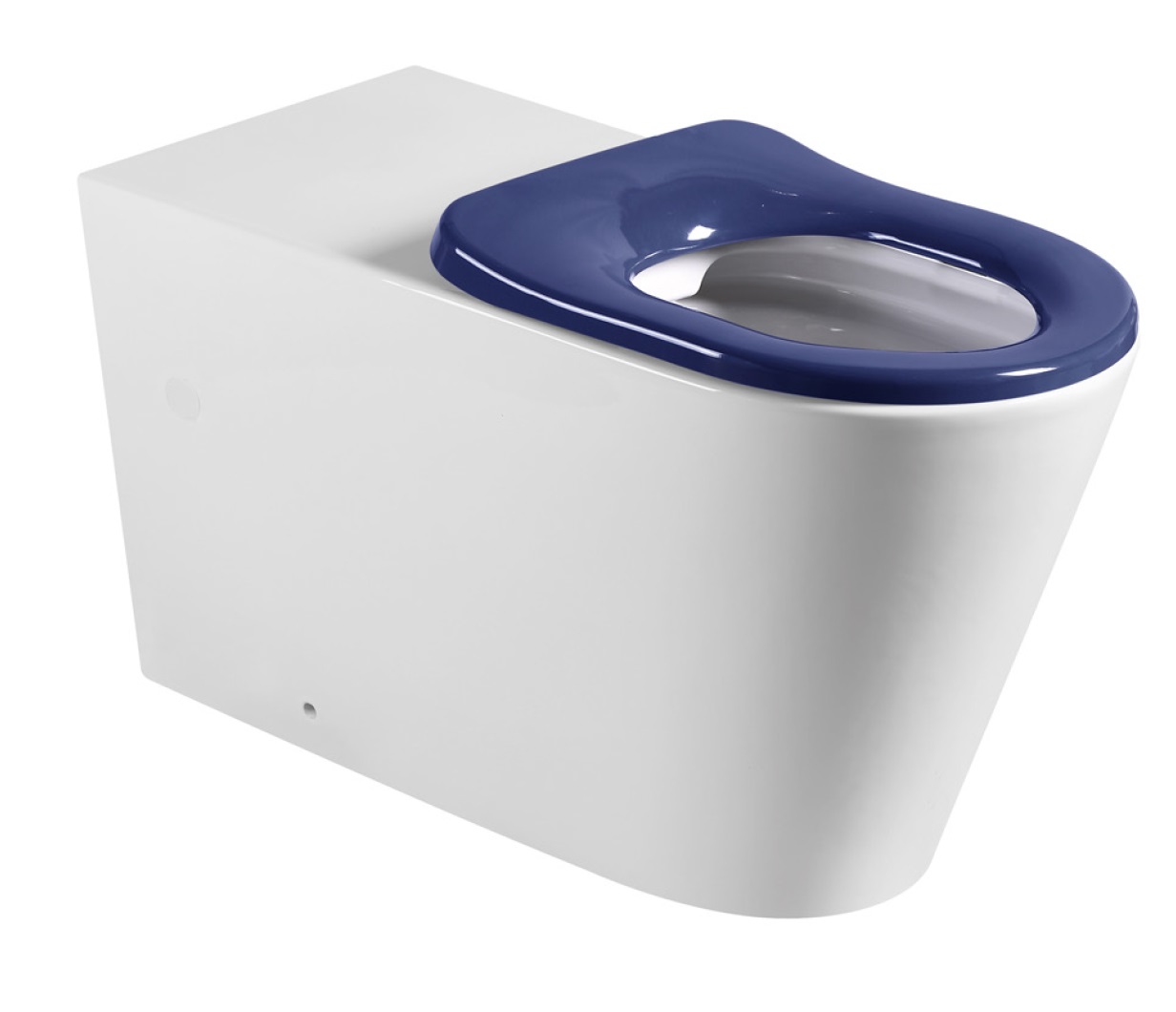

Building inclusive accessible and ambulant bathrooms
Creating an inclusive and accessible environment is a fundamental aspect in designing public spaces, especially when it comes to essential facilities such as bathrooms. At the core of inclusive bathroom design lies the Australian Standard AS 1428.1. AS 1428.1 - Design for access and mobility serves as a crucial framework for designing spaces that cater to individuals with diverse mobility needs. The standard addresses a range of features within bathroom environments to ensure they are accessible, functional, and user-friendly for people with disabilities, including elements such as tapware, basins, showers, grab rails and toilets.
Tapware
Accessible tapware goes beyond mere functionality. The AS 1428.1 outlines specific requirements for tapware, including tap height, reach, markings, anti-scald features and more, to ensure ease of use for individuals with limited dexterity or strength. Lever-operated taps are often recommended to facilitate easy operation, while appropriate tap heights and clear spaces beneath the fixtures accommodate wheelchair users.
Basins
Ambulant basins are designed for individuals who can move independently but may benefit from additional support. The standard outlines requirements such as basin height, use of mixer taps, and considerations for visual and tactile contrasts to ensure optimal usability. Appropriate clearances and avoidance of obtruding objects around ambulant basins aim to provide users with enough space to manoeuvre comfortably and access the basin without encountering obstacles.
In addition to ambulant basins, the standard also addresses the specifications for accessible basins. These are designed for individuals with more pronounced mobility challenges who may require additional support or the use of a wheelchair. AS 1428.1 outlines specific requirements for suitable basin height to accommodate wheelchair users, clear space, lever-operated or sensor-activated taps for ease of use, clearance under the basin, appropriate mirror placement, and fixtures designed to prevent scalding.
Showers
Accessible showers feature roll-in accessibility for wheelchair users, strategically placed grab rails for support, and non-slip flooring to enhance safety. These showers may also include features like fold-down or built-in shower seats, easily reachable controls, wide entry spaces, and visual/tactile contrasts for individuals with visual impairments. AS 1428.1 provides guidelines for the design of showers, including provisions for clear floor spaces, seating options, and controls that are reachable from a seated position. These considerations ensure that individuals with mobility impairments can comfortably and safely use the shower facilities.
Grab Rails
Accessible grab rails are structural elements, strategically placed in buildings to provide support and aid to individuals with mobility impairments. AS 1428.1 outlines requirements for the installation of grab rails in bathrooms, including specifications for height, location, and strength. Properly installed grab rails enhance individuals’ ability to move independently within the bathroom. These are often installed near toilets, showers, ramps and along corridors.
Toilets
Ambulant and accessible toilets are designed to accommodate individuals with varying levels of mobility. Ambulant toilets are for users who can transfer independently, while accessible toilets are designed for individuals with more significant mobility impairments or those who use mobility aids such as wheelchairs. AS 1428.1 specifies requirements for the location, size, space, and features of these toilets to ensure they meet the diverse needs of users.
Toilet seats in inclusive bathrooms may be coloured, single-flapped, or double-flapped based on specific considerations. The colour of toilet seats can assist individuals with visual impairments in distinguishing the fixture. Single or double-flapped toilet seats can be chosen based on user preferences and requirements, offering flexibility in design while adhering to the standard's guidelines.
Backrests for toilets are considered important elements in creating accessible facilities. AS 1428.1 outlines requirements for backrests in accessible toilets, ensuring they provide the necessary support for users with mobility challenges. Properly designed and installed backrests contribute to the overall safety and comfort of individuals using accessible toilet facilities.
By adhering to these standards, designers and specifiers play a vital role in fostering environments that prioritise accessibility, thereby enhancing the overall inclusivity of bathrooms. The impact of AS 1428.1 extends beyond mere compliance, as it becomes a fundamental tool in the creation of universally accessible facilities that promote equitable usage by all individuals, irrespective of their physical abilities.
Manufactures also have their role to play, which is why we have a wide range tapware and sanitaryware available that, besides being AS 1428.1 compliant, also offers many other benefits like looking normal, are longlasting and easy to main keeping costs at bay and looking after our environment.
















